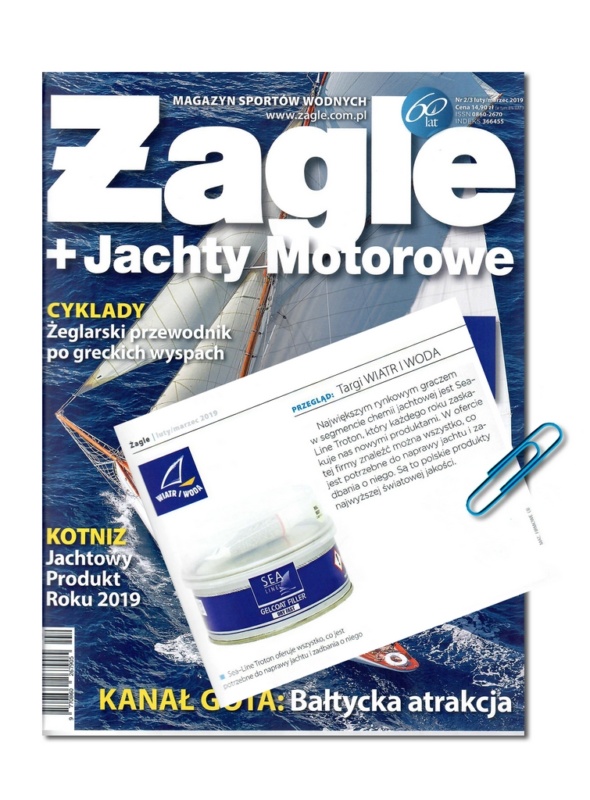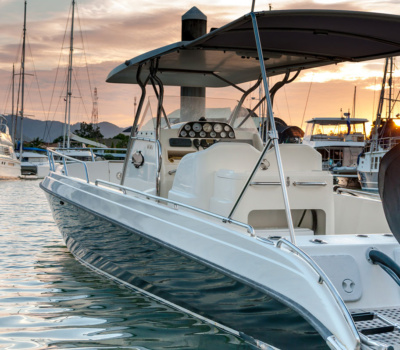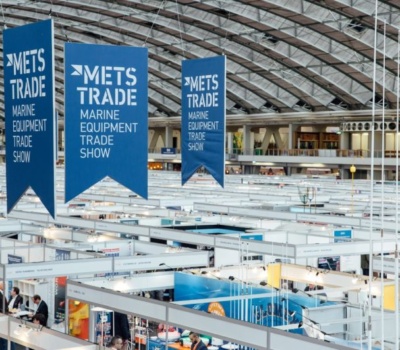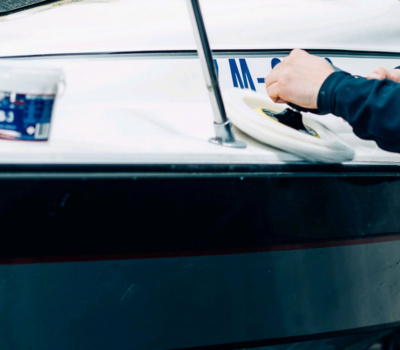An objective recommendation for the Sea-Line brand in Żagle – the oldest Polish magazine for boating enthusiasts:
“The largest market player in the yacht chemistry segment is Sea-Line Troton, which surprises us with new products every year. The company’s offer includes everything you need to repair your yacht and take care of it. They are Polish products of the highest world quality.”
Żagle nr 2/3 February/March 2019, page 12, article of Dominik Życki and Stanisław Iwiński.


We are expanding our offer by introducing two new products that will provide boat enthusiasts

Come and join us at METSTRADE 2023, METSTRADE the best event for marine industry professionals,

Visit us and our production plant without traveling

New in the 2023 season is a new polishing wool The new black and white
Yes, you can paint the bottom of the boat with polyurethane paint due to its high mechanical strength. We recommend this solution when the boat is not launched for a long time and is not exposed to fouling.
We do not recommend using universal thinners. The use of a thinner with an unknown composition may result in loss of adhesion, lack of proper flow of paint and varnish defects.